
HOW LABOR BEGINS?
Once you have early signs of labor, you are in the “Latent phase”.
The start of labor is called the latent phase of labor.
If you are more than 37 weeks with an uncomplicated pregnancy, you’ll probably be advised to stay at home until your labor is ‘established’. This is when your cervix opens (dilates) to at least 4cm and your contractions become stronger and more regular. Your cervix becomes soft and thin and starts opening for your baby to be born. This entire process can happen in few hours, or sometimes days, before you move into active labor phase.
Every woman’s experience of labor is different. However, there are several signs that you may experience in general, indicating that labor is starting. Let’s see;
Mucus plug from your cervix comes out, it appears as a pink-brown jelly-like blob or in pieces
There’s an urge to go to the toilet; typically caused by your baby’s head pressing on your bowel
When you experience pains in your tummy that may feel like strong period pains
When you experience lower back pain
What can you do during latent phase?
Eat & drink healthy; you'll need energy when actual labor is established
Be more relaxed and move around
Staying in upright position will help in quicker progress of labor as gravity will play a key role. This helps your baby to move down into your pelvis and helps your cervix to dilate
Do not get stressed
Try to get some sleep if your labor starts at night. Breathing exercises, massage and having a warm bath may help ease your pain during this early stage of labor
If you have been advised to stay at home in the latent stage, contact your midwife, maternity unit or labor ward again if:
Your contractions are regular and coming about 3 in every 10 minutes
You feel you need pain relief; you can ask for an epidural
Your waters break
You have any bleeding
What exactly happens when labor begins?
As you get closer to labor and delivery, chiefly two things will happen; your cervix will begin to;
Dilate (open up), and
Efface (thin out)
Notes
If the cervix is soft and stretchy then it is said to be favourable. However, if it is firm, muscular and tight then it is known as unripe.
During pregnancy a woman’s cervix tends to be posterior or positioned more towards her back and behind her baby’s head. But at late pregnancy stage and labor the cervix comes more forward.
More in Labour & Birth

Release Of Membranes
5 Min Read
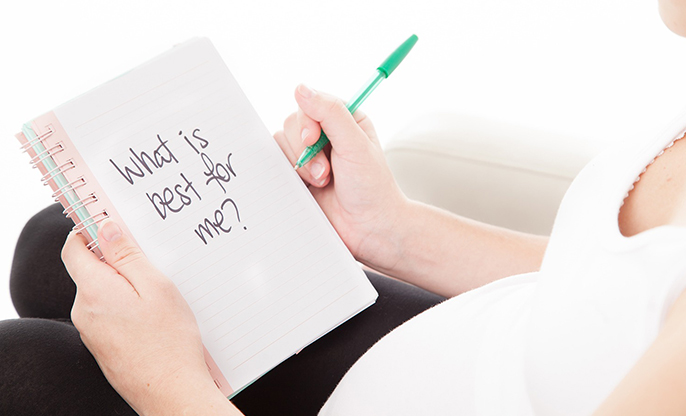
Informed choice and consent
1 Min Read
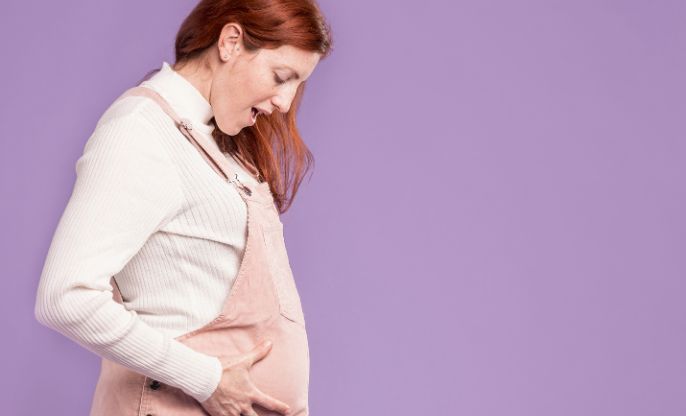
When To Go To The Hospital
3 Min Read

What Is Labour?
3 Min Read
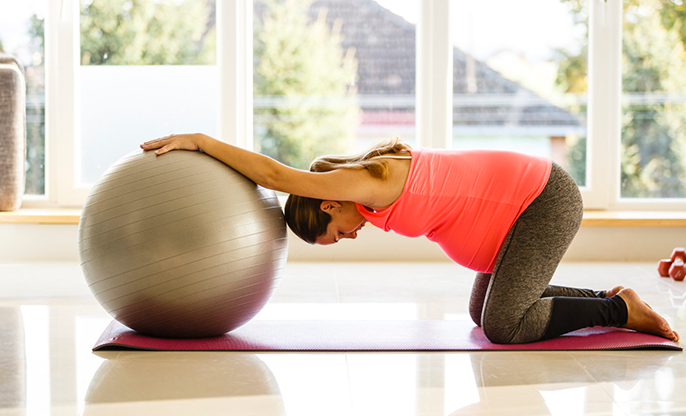
What Exercise Help In Labour?
3 Min Read
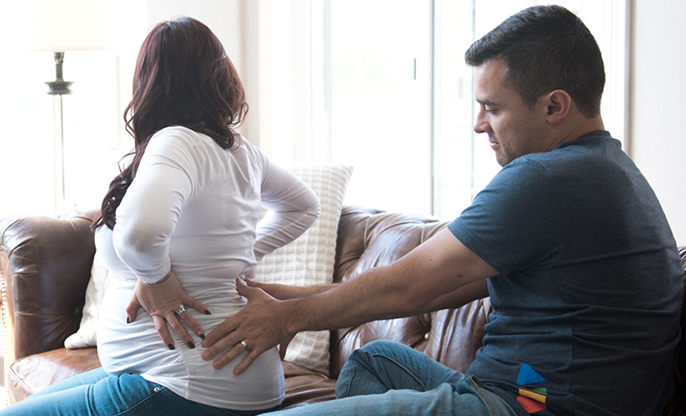
Partner's Role
4 Min Read
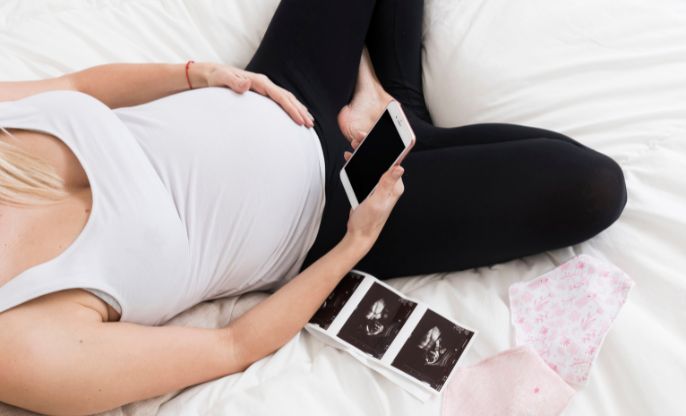
Pre-Labour Signs
5 Min Read
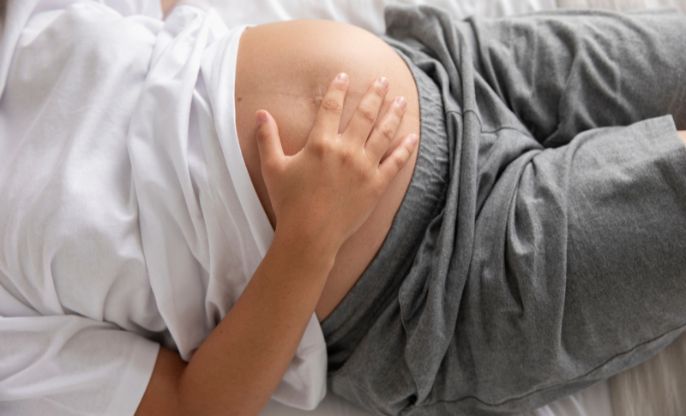
What Are Contractions
4 Min Read
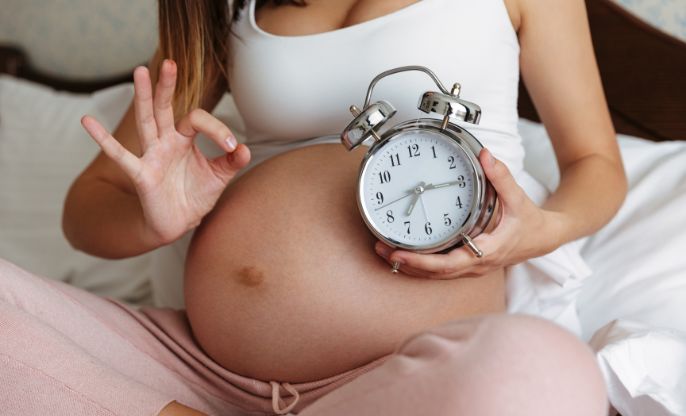
Timing The Contractions
3 Min Read

Stages Of Labour
7 Min Read

Coming together after a C section
1 Min Read

Sequence of Breast Crawl
1 Min Read
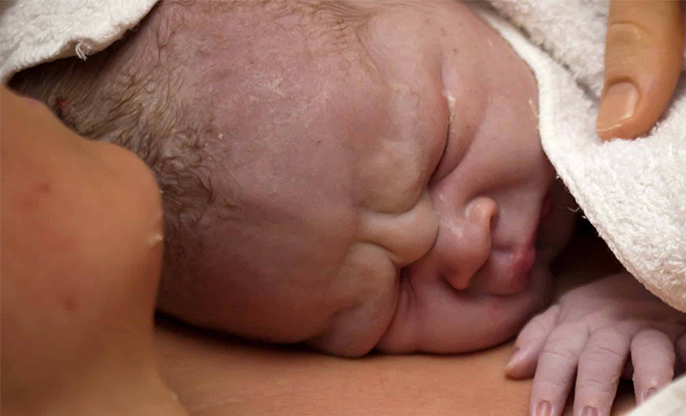
What is Golden Hour?
6 Min Read

Golden hour after Birth
1 Min Read

Encoded Safety / Threat System
1 Min Read

Transitions The Baby Needs to Make
1 Min Read

Natural Expulsion Reflex
11 Min Read

Birthing Stage
1 Min Read

Intro
1 Min Read

Using BRAINS to Make Decisions
3 Min Read
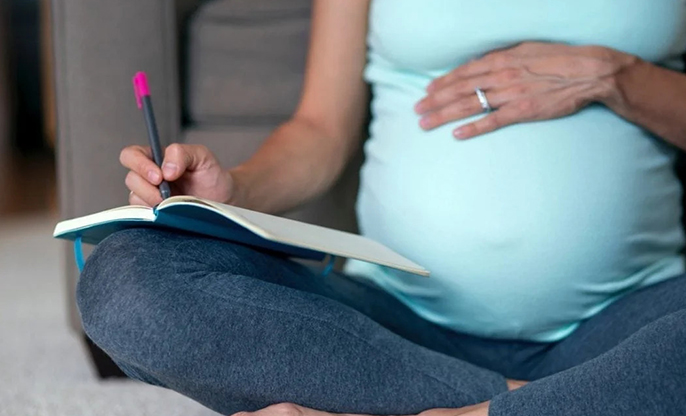
Benefits of Knowing Your Birth Plan
4 Min Read

Why Do You Need a Birth Plan?
1 Min Read
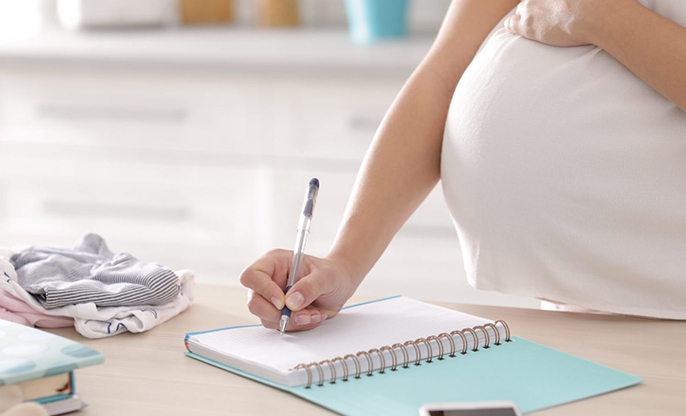
Why do you need a Birth plan?
6 Min Read

Care For The Baby
1 Min Read

Cesarean Birth
1 Min Read

Interventions At Birth
1 Min Read

Pain Management
1 Min Read

Managing And Monitoring
1 Min Read

Why And Wherefore Of Interventions
1 Min Read

TRAIGE
1 Min Read

Differentiating Medical Interventions
1 Min Read

Considerations While Choosing a Doctor
1 Min Read

Birthing In a Hospital
1 Min Read

Intro
1 Min Read

Scenario for Active Labour
1 Min Read

What Would You Choose
1 Min Read

Tips That Help In Labour
1 Min Read

Birth And Arriving Of The Baby
1 Min Read

Strategies For Transition
1 Min Read

Supporting With A Rebozo
1 Min Read

Acupressure Points
1 Min Read

Touch And Massage
1 Min Read

Birthball
1 Min Read

Movement
1 Min Read

Positions In Labour
1 Min Read
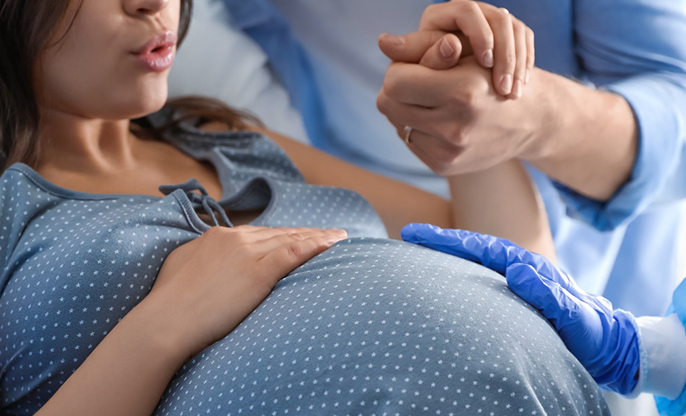
Breathing
1 Min Read

Comfort Measures During Active labour
4 Min Read
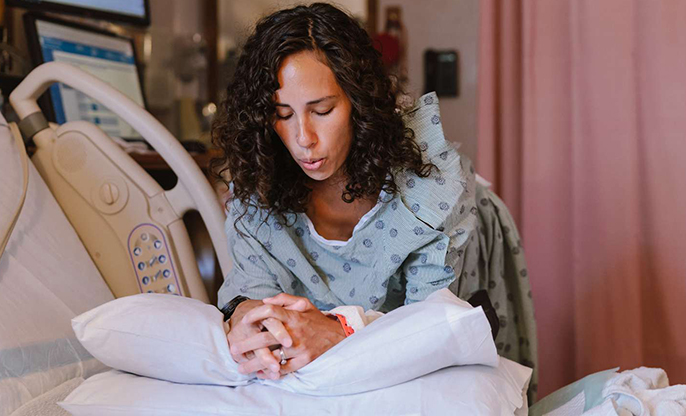
Coping Strategies For Active Labour
1 Min Read

Coping Strategies For Early Labour
1 Min Read
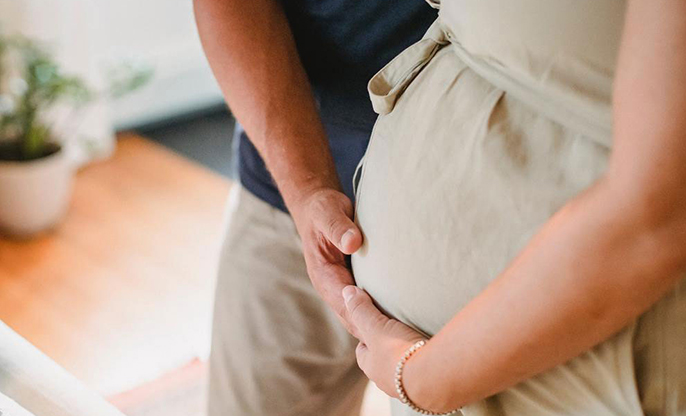
Intro
1 Min Read
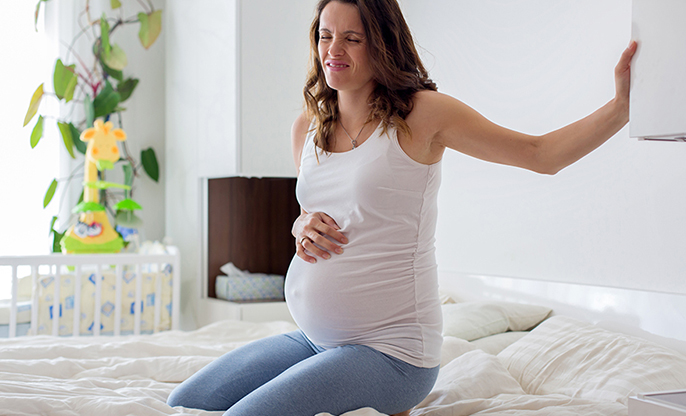
Navigating The Waves
4 Min Read

Lets Talk About Pain
1 Min Read
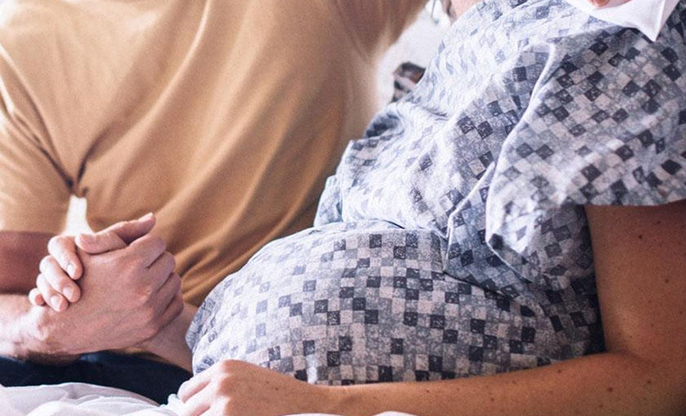
Key Elements
1 Min Read
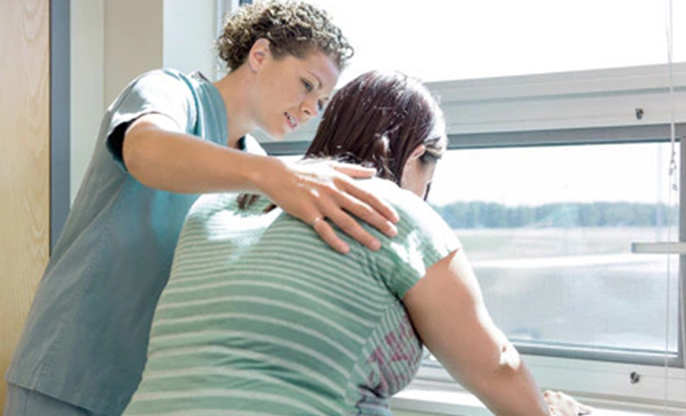
Stages Of Labour
7 Min Read

Labour Land
1 Min Read
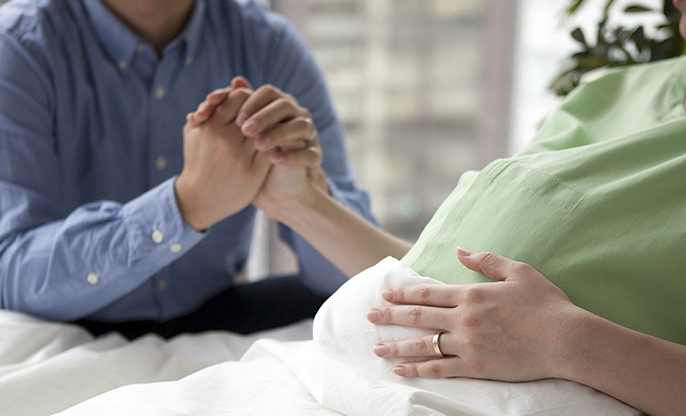
Hallmarks Of Progress
1 Min Read
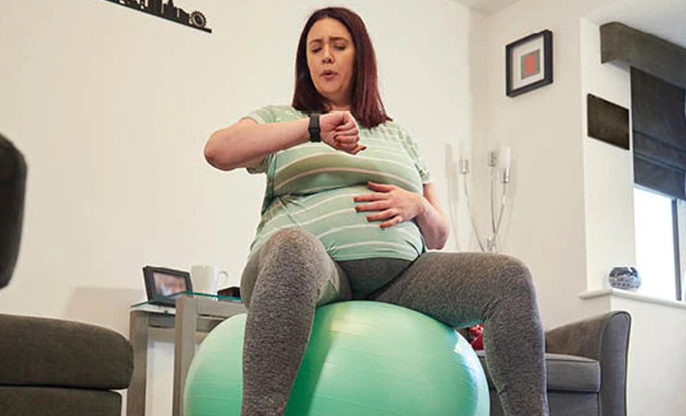
Timing The Contractions
4 Min Read

Release of Membranes
5 Min Read
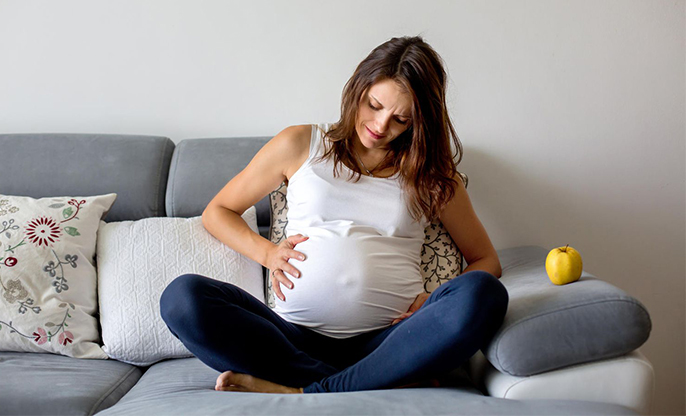
Contractions
4 Min Read
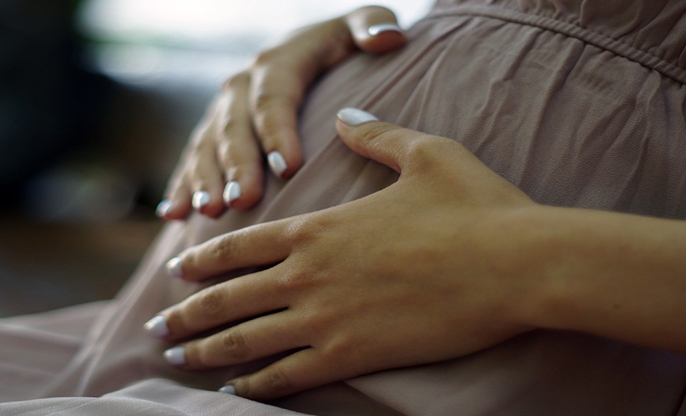
How Labour Begins
1 Min Read
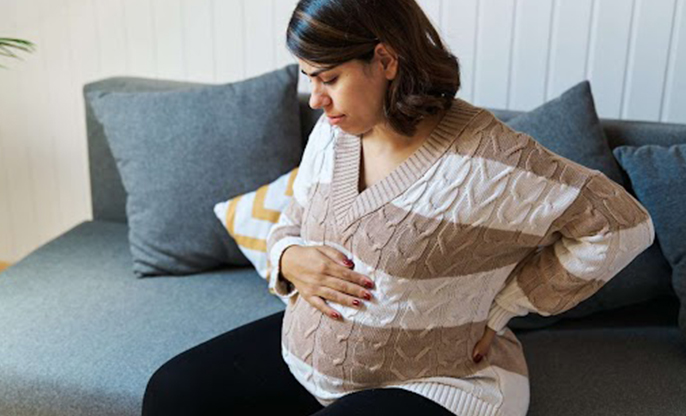
Prelabour Signs
7 Min Read
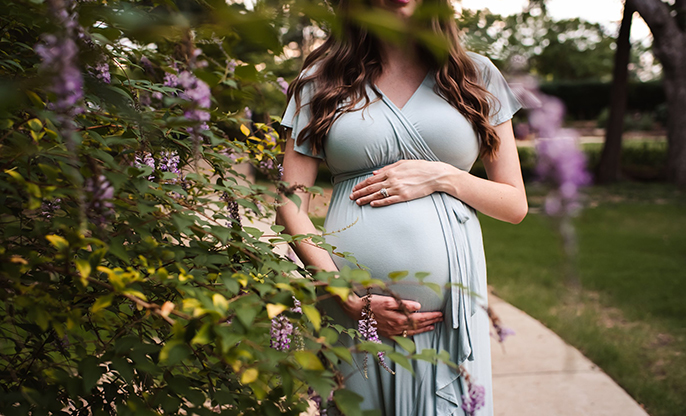
Getting Ready For Birth
1 Min Read
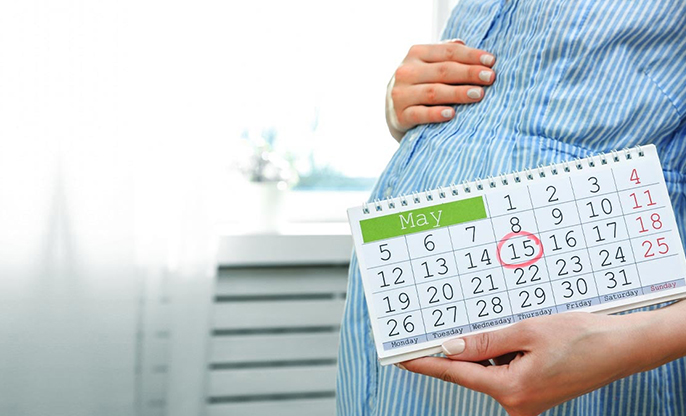
Cracking The Code
4 Min Read
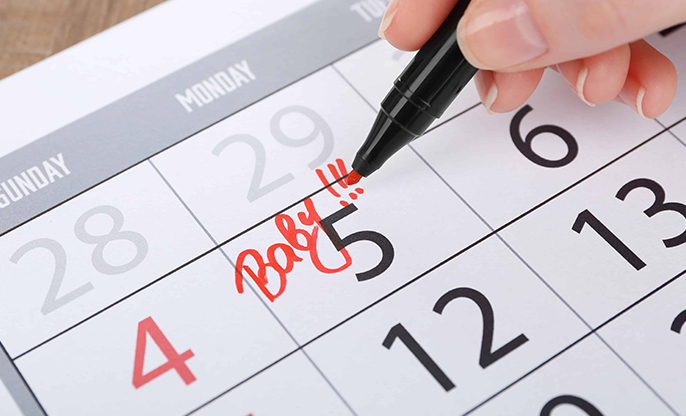
Due Date And Actual Birth Day
1 Min Read

